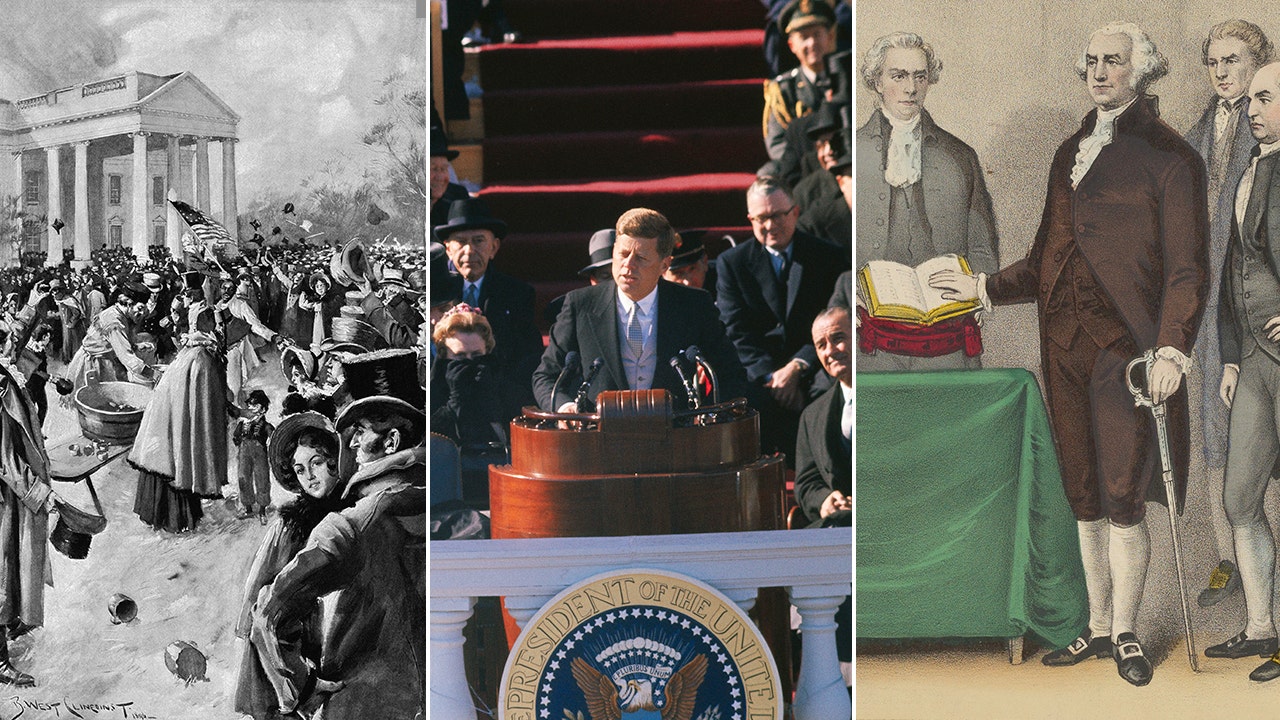JUNEAU — The bipartisan Alaska Senate majority introduced a new spending plan Thursday that combined both the operating budget and the capital budget, in a last-minute effort to pass a measure the House can approve before the legislative session ends.
The session must end by Wednesday at midnight unless lawmakers agree to extend it. But at the tail end of a four-month session, the House and Senate majorities appear far from reaching consensus.
The Republican-dominated House passed its version of the operating budget — which covers spending on state services — last month, including in it a $2,700 Permanent Fund dividend that would likely require a draw of around $800 million from an already-depleted savings account, without any new revenue measures to pay for its spending plan. Meanwhile, the Senate has held off from advancing its version of the operating budget to a floor vote as it mounts pressure on the House to avoid a draw from savings.
To avoid a savings draw, the bipartisan Senate majority has favored a $1,300 dividend. A new version of the Senate spending plan unveiled Thursday would not require dipping into the state’s emergency reserves as long as oil prices — which dictate a large portion of state revenue through taxes on production — remain at $73 per barrel or higher.
The Senate bill includes a new provision that would provide for a supplemental energy relief payment for every eligible Alaskan, on top of the dividend, if oil prices exceed an average of $83 per barrel for the year. At $105 per barrel for the year, the combined annual payment to Alaskans could reach the House figure of $2,700.
[Alaska Senate passes bill to increase public education funding by more than $175 million annually]
“We’re hoping that we have good fortunes in front of us with high oil prices, and if that happens, we will have an energy dividend,” said Sen. Bert Stedman, a Sitka Republican who oversees the operating budget in the Senate.
Still, House Speaker Cathy Tilton, a Wasilla Republican, said there is still a lot of daylight between the Senate plan and her caucus’s priorities, making agreement before the expected end of the legislative session unlikely — and increasing the chances that lawmakers will be forced into a special session to agree on a spending plan before the fiscal year ends on June 30.
“At this point, concurrence is unlikely,” Tilton said Thursday afternoon, just before attending a leadership meeting with members of the Senate.
Once the Senate passes its budget, the House would have two options: either approve it with no changes, an option known as concurrence that last happened in 1982, or reject the spending plan and send it to a conference committee. That committee, which brings together a few representatives from each legislative chamber, meets to reach a compromise. But with less than a week to go before the end of the session, the time for a conference committee has run out, narrowing the options at the House’s disposal.
“The conference committee’s schedule went away last week. It’s been long gone,” said Stedman. “So as the conference committee window came and closed and moved on, we continued to negotiate and work.”
:quality(70)/cloudfront-us-east-1.images.arcpublishing.com/adn/QZJN52YNJNFZDI4XLCZETX47KE.jpg)
Stedman and other Senate leaders said their goal is to continue working with House leadership until they can reach a compromise budget that both the Senate and House can agree on, circumventing the need for a conference committee. Tilton, meanwhile, indicated she may prefer entering a special session to continue debating the budget once the regular session ends.
“It would be difficult to do a conference committee in the time period that we have left,” she said. “I’m not real optimistic that we could get something done by 121 days.”
Even if there is a special session, Stedman said the Senate is not going to budge on its top priority of avoiding a draw from savings.
“It doesn’t change the revenue stream, doesn’t change the expenses, doesn’t change much at all. Thirty days later, we have the same budget sitting on the table,” said Stedman.
[Alaska House passes bill to make gold and silver legal tender]
Senate leaders were far more optimistic than Tilton about the prospect of finishing their work by the deadline.
“Time is running out for the legislative session constitutional limit, but it hasn’t run out yet,” said Senate President Gary Stevens. “We will continue to work with the House to negotiate the final budget, with every intention of concluding by May 17.”
Aside from the glaring disagreement on the size of the dividend, smaller differences between the House and Senate spending plans could prove to be major roadblocks.
The difference between the plans nets around $14 million — what Sen. Lyman Hoffman, who oversees the Senate capital budget, called “a rounding error” in a budget counted in billions. But Tilton said the seemingly small differences “could mean a lot one way or the other.”
[Alaska Senate advances bill to establish subscription-based health care]
Senate leaders said what had stopped them from advancing their budget plan earlier in the session had been lack of agreement with the House on the capital budget. The Senate has agreed on a $344 million capital budget that focuses on school maintenance projects and statewide priorities, sidestepping any district projects. Hoffman said House Finance Co-Chair DeLena Johnson, a Palmer Republican, had said she wanted funding for a library project in her district, but such projects were not feasible given limited funds.
Hoffman, a Bethel Democrat, said House members hadn’t provided a list of capital projects they wanted to see in the budget. Tilton said the need for a list was a deviation from the way the House and Senate have handled the capital budget in years past, when the House was not expected to provide a detailed list of projects.
Tilton said the “take it or leave it” option presented by the Senate was “not really a good way to look at it.”
“There are two bodies here in this building. So I think we’ll see what it ends up looking like in the end,” she said.

:quality(70)/cloudfront-us-east-1.images.arcpublishing.com/adn/ANJL7UI4D5DWNHGYXUOCAWJRHU.jpg)






:quality(70)/cloudfront-us-east-1.images.arcpublishing.com/adn/WFG6CBWIWNGDZJT7RCIBPFHTDY.jpg)
:quality(70)/cloudfront-us-east-1.images.arcpublishing.com/adn/UESV7W6LL6ZBPOGT2M7CLWW56M.jpg)
:quality(70)/cloudfront-us-east-1.images.arcpublishing.com/adn/LGTBZDRVWK4CEXNX4ORGCFFQZM.jpg)

:quality(70)/cloudfront-us-east-1.images.arcpublishing.com/adn/T4XVDJRAANBJRIABDHUPVM2OUQ.jpg)
:quality(70)/cloudfront-us-east-1.images.arcpublishing.com/adn/DIZPYDT3FBEFJCRH5O5IJMQYY4.jpg)
:quality(70)/cloudfront-us-east-1.images.arcpublishing.com/adn/3TJN4IQCAVC7FLWUP325O5LKF4.jpg)










/cdn.vox-cdn.com/uploads/chorus_asset/file/25822586/STK169_ZUCKERBERG_MAGA_STKS491_CVIRGINIA_A.jpg)

/cdn.vox-cdn.com/uploads/chorus_asset/file/23935558/acastro_STK103__01.jpg)


/cdn.vox-cdn.com/uploads/chorus_asset/file/25826211/lorealcellbioprint.jpg)
/cdn.vox-cdn.com/uploads/chorus_asset/file/25832751/2192581677.jpg)
